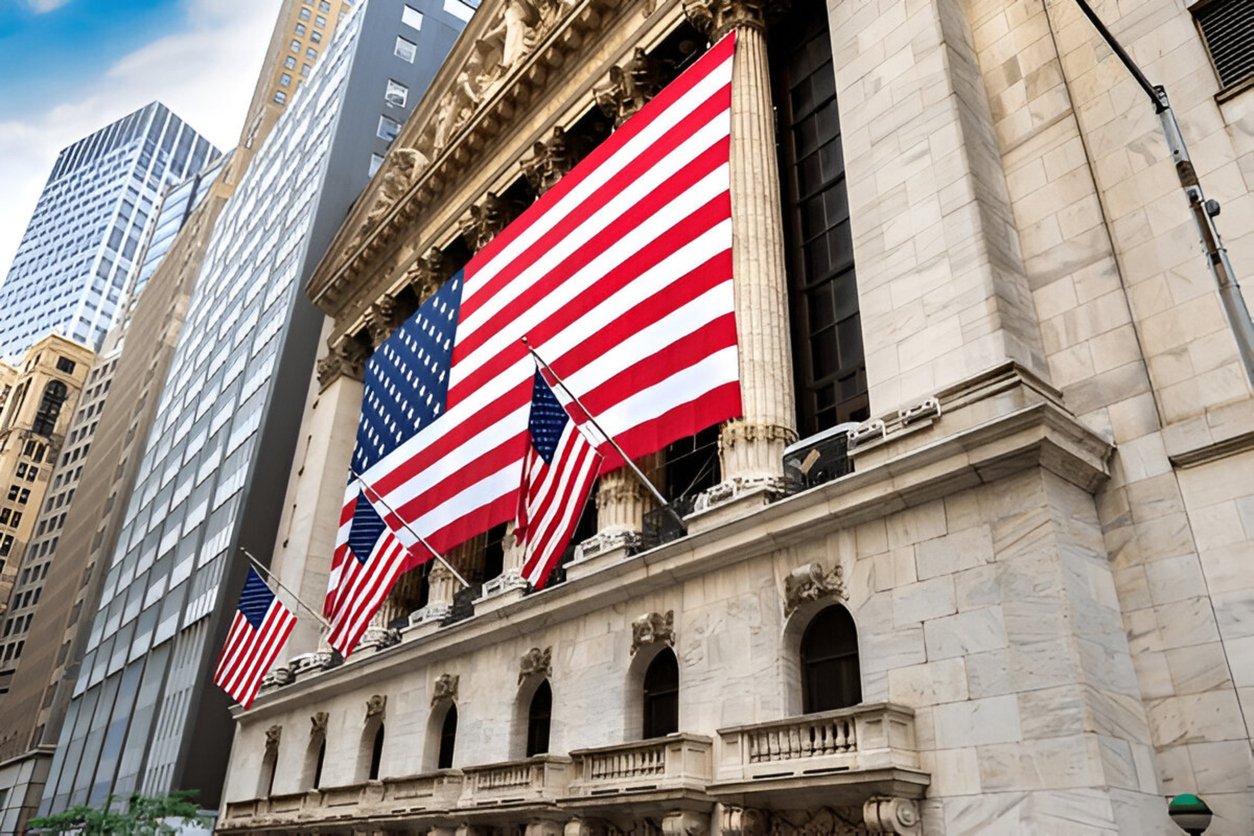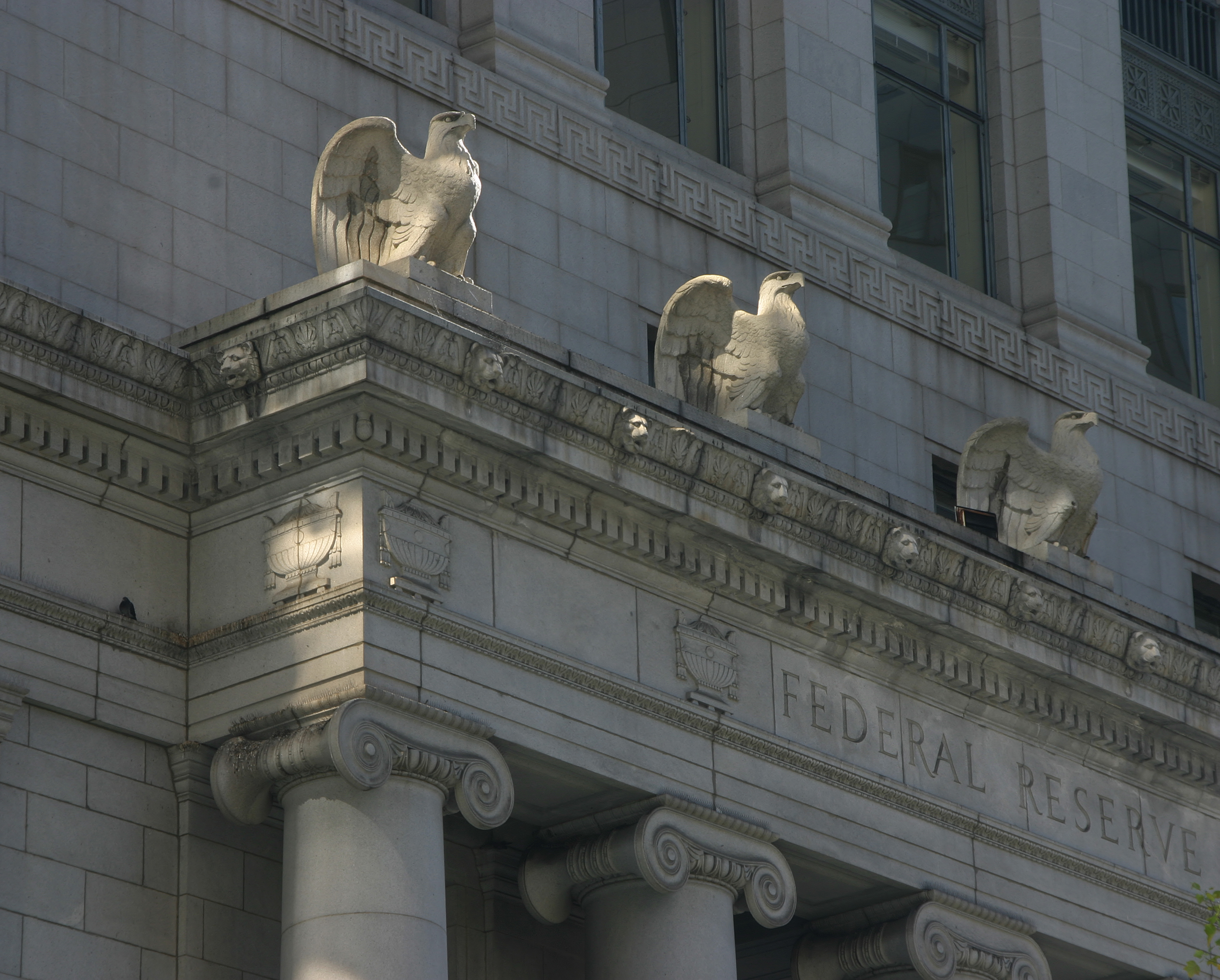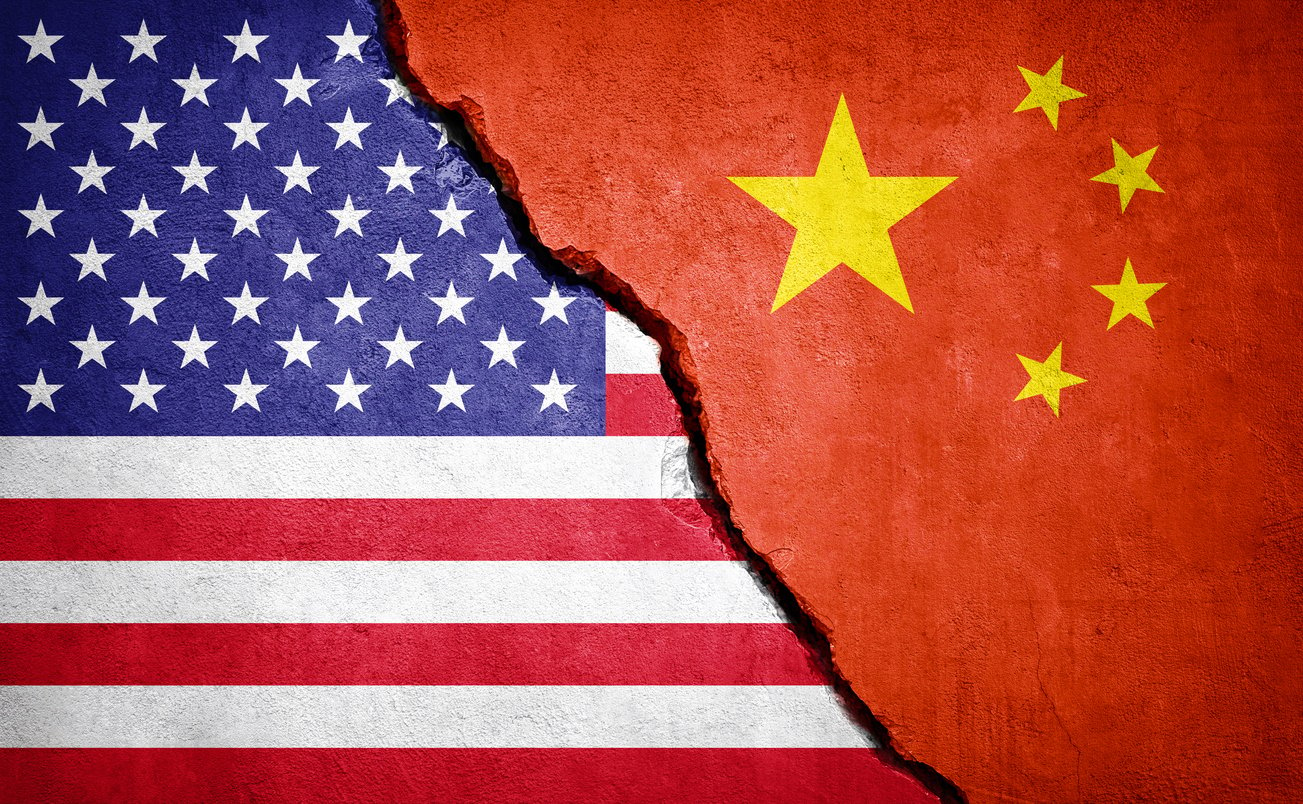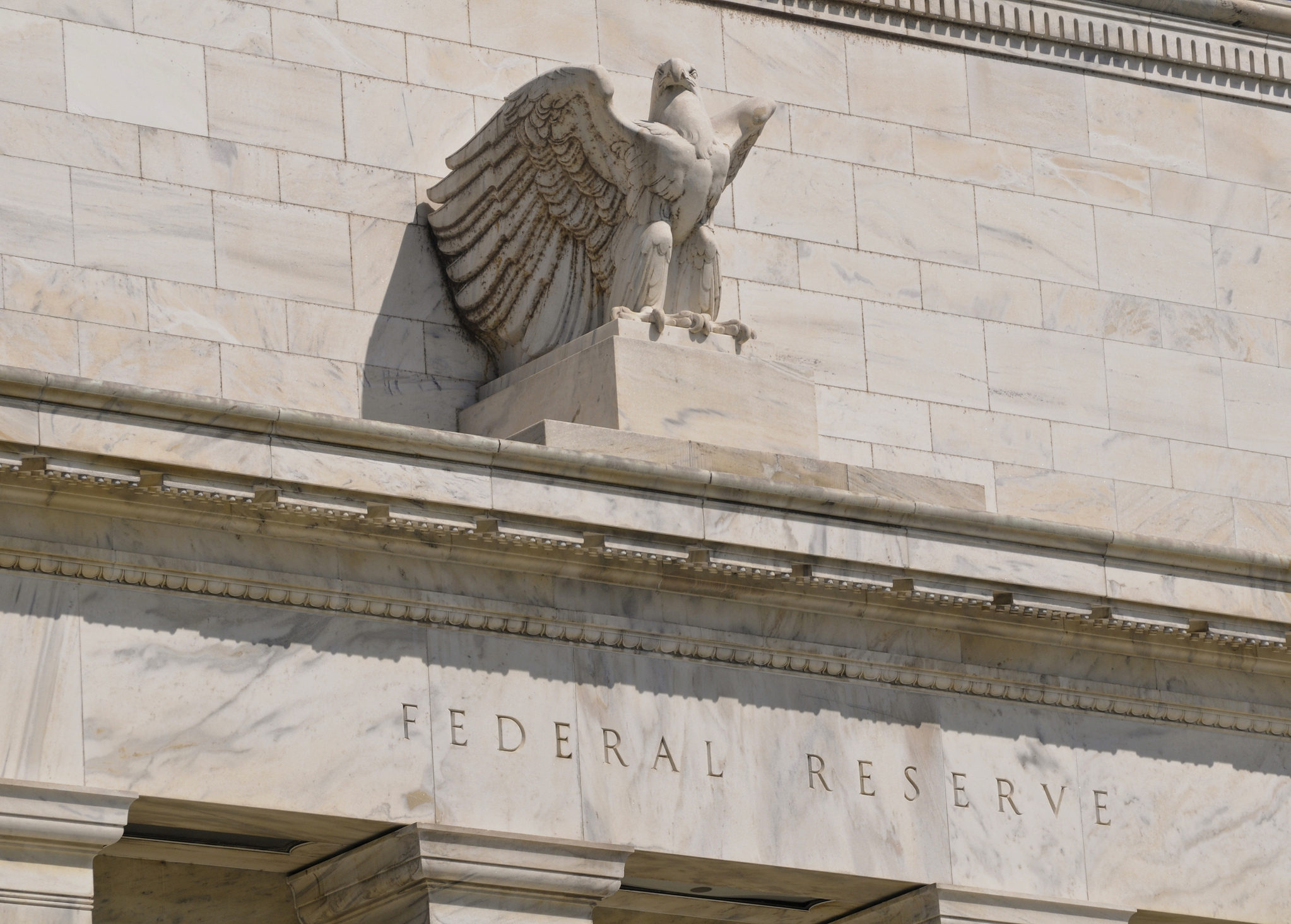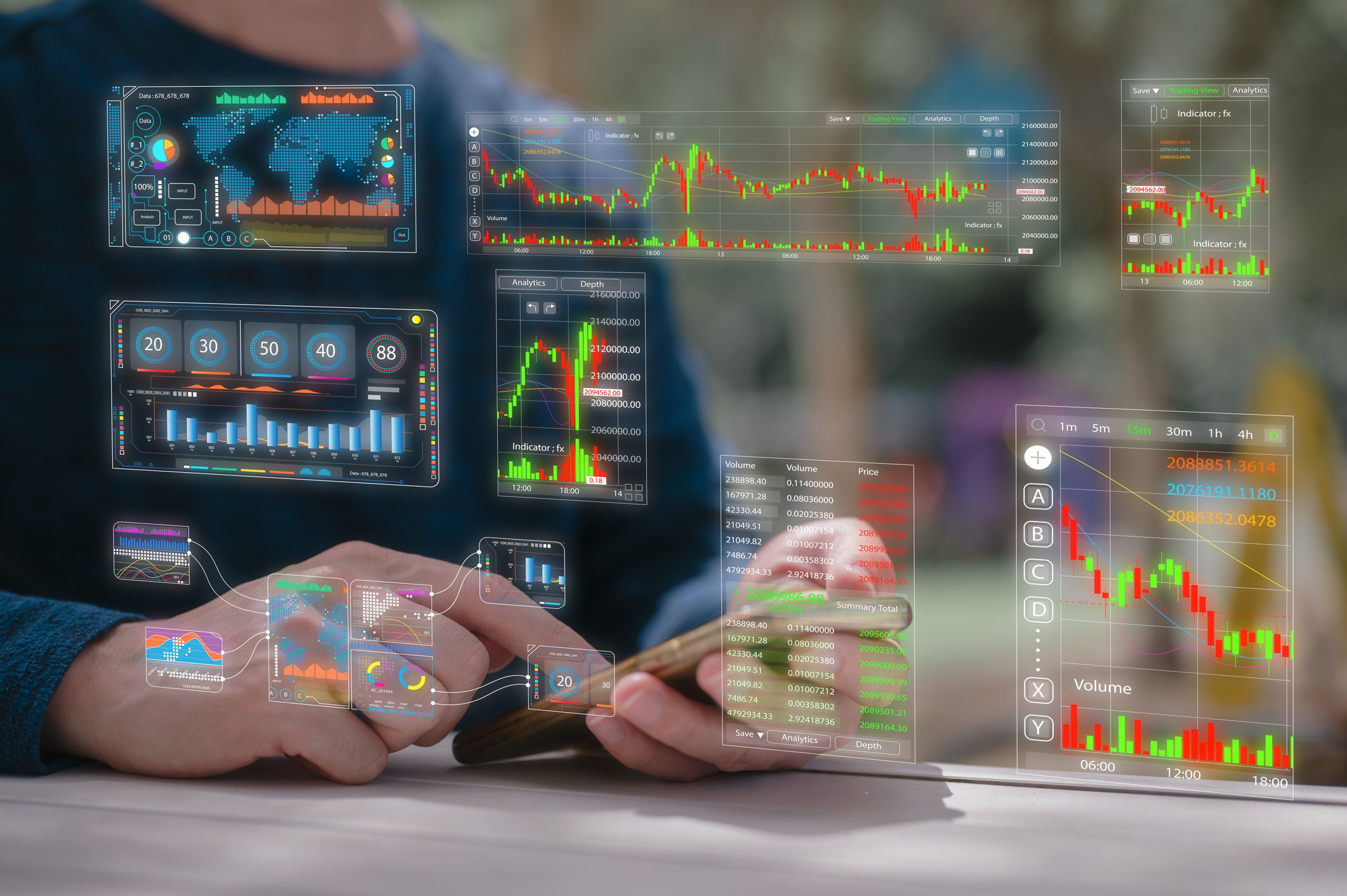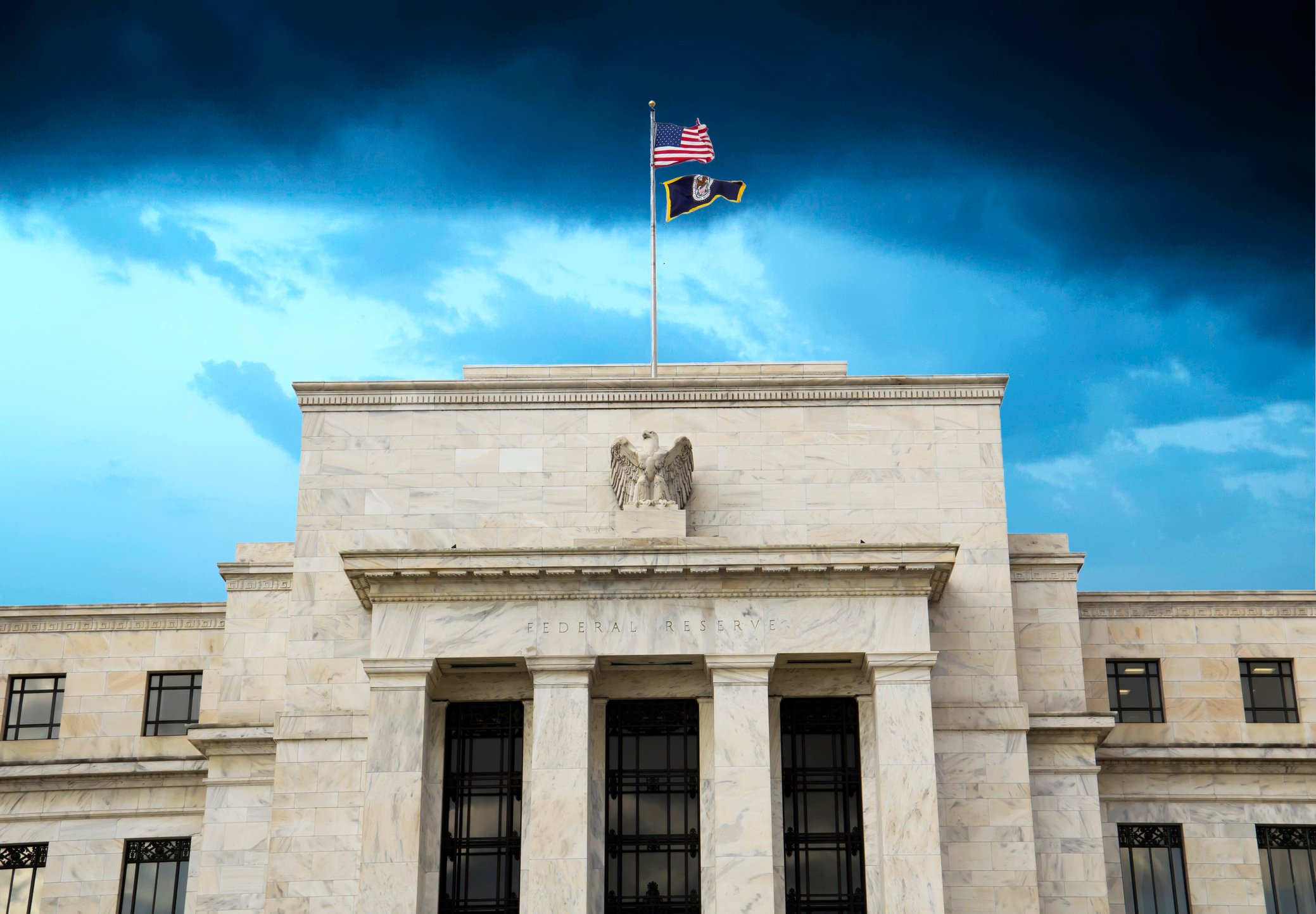In a current multipolar world, the investment landscape is undergoing significant transformations, influenced by shifting power dynamics, geopolitical competition, economic realignments, and evolving trade patterns. As global power becomes more distributed among various nations and regions, investors face both challenges and opportunities that require strategic adaptation. This is compounded by the fact that major countries (in terms of land size) are looking at an expansionist approach. With such volatile dynamics at play, risk management of investments is becoming a tricky affair.
Key Considerations for Investments in a Multipolar World:
1. Geopolitical Strategy and Risk Assessment
Understanding and navigating the complex geopolitical environment is crucial. Companies and investors must develop "geopolitical muscle," not only to manage risks but also to leverage global shifts for strategic advantage. Whether its China’s BRI, USA’s trade tariffs, Russia – Ukraine fallout or India’s diplomatic play – it’s imperative to stay informed about international relations. Focus should be to align investments with regions poised for growth or of strategic importance and how to best utilize opportunities arising from the geopolitical shifts.

2. Shifts in Global Trade and Supply Chains
The reorientation of global trade routes and supply chains is having a significant consideration. As emerging economies gain prominence and alliances shift, investors should assess how these changes impact market access, production costs, and distribution networks. This may involve re-evaluating existing supply chain strategies and exploring new market.

3. Currency Diversification and Reserve Currency Dynamics
The status of the U.S. dollar as the dominant reserve currency is facing challenges in this multipolar context. Investors should monitor developments related to alternative currencies and consider diversifying currency exposures to mitigate risks associated with currency fluctuations and potential shifts in global financial systems.

4. Domestic Market Focus and 'Home Bias"
In response to geopolitical uncertainties and protectionist policies, investors may exhibit increased 'home bias,' favoring domestic markets over international investments. This trend can influence capital flows, asset valuations, and the availability of investment opportunities. Understanding this shift is essential for anticipating market movements and adjusting investment strategies accordingly.

5. Long-Term Strategic Planning and Adaptability
Investing in a multipolar world requires a long-term perspective, emphasizing adaptability and resilience. Developing flexible investment strategies that can respond to rapid geopolitical and economic changes is vital. This includes scenario planning, continuous risk assessment, and a willingness to pivot as new opportunities and challenges emerge.

Challenges present greater Opportunities - the transition to a multipolar world necessitates a comprehensive re-evaluation of investment strategies. By incorporating geopolitical insights, diversifying currency risks, focusing on domestic market dynamics, and maintaining strategic flexibility, investors can better navigate the complexities of this evolving global order.
EXPLORE MORE POSTS
Navigating the New Macro Regime: Quantel’s October 2025 Results
Quantel's Premium Portfolios delivered another strong month in October 2025,...
Read Moreby Shyam Sreenivasan
Top 10 Tax Planning Strategies for Hni Commercial Brokers
High-net-worth commercial brokers stand at the intersection of deal-making and...
Read Moreby Irman Singh
Triple Shock Hits Wall Street: Liquidity, Shutdown, Sentiment
U.S. markets are falling due to liquidity stress, government shutdown...
Read Moreby Jerry Yuan
Keep More of What You Earn : Tax Strategies for Physicians
Physicians often find themselves in some of the highest effective tax brackets...
Read Moreby Irman Singh
Trump-Xi Truce in South Korea - A Fragile Pause for Markets
The U.S.–China truce cools trade tensions and supports risk appetite, but it’s...
Read Moreby Jerry Yuan
Intelligent Tax Planning for America’s Wealth Builders
by Irman Singh
Cooling Inflation Paves Way for Fed Cuts, Lifts Equity Sentiment
Cooling inflation data reinforced confidence in a soft-landing scenario,...
Read Moreby Jerry Yuan
Illiquidity: The Silent Constraint in HNwI's Portfolios
Why even substantial wealth can feel inaccessible — and how to design...
Read Moreby Irman Singh
Market Shaken by Renewed U.S. - China Tensions & Credit Fears
Renewed U.S.-China trade tensions and banking concerns triggered a sharp global...
Read Moreby Jerry Yuan
Why a Traditional Financial Advisor May Be Failing You ?
For decades, the traditional financial advisor has symbolized trust, expertise,...
Read Moreby Irman Singh
Fed Minutes Show Split Outlook: Rate Cuts Expected, but Inflation Maintains Caution
Divided Fed, uncertain path ahead — rate cuts are coming, but sticky inflation...
Read Moreby Jerry Yuan
From Insight to Execution: The Algo Way
Algorithmic investing, once the domain of hedge funds and prop desks, has...
Read Moreby Irman Singh
Drug Prices Drop, Pharma Faces a New Game
by Jerry Yuan
AI and Investing : Smarter Decisions, Sharper Insights
Artificial Intelligence (AI) is transforming the way investment decisions are...
Read Moreby Irman Singh
U.S. Tariffs Reshape Markets : Inflation, Supply Chains, and Equity Risks
by Jerry Yuan
The Overlooked Basics of Family Office
Family offices are created to simplify wealth management, protect assets, and...
Read Moreby Irman Singh
First Fed Cut in a Year: Growth Hopes, Softer Backdrop
The Fed’s first rate cut since 2024 signals a cautious pivot as growth stays...
Read Moreby Jerry Yuan
Smart Diversification for Today’s Economy
For high net worth (HNW) investors, diversification is not just about owning a...
Read More


